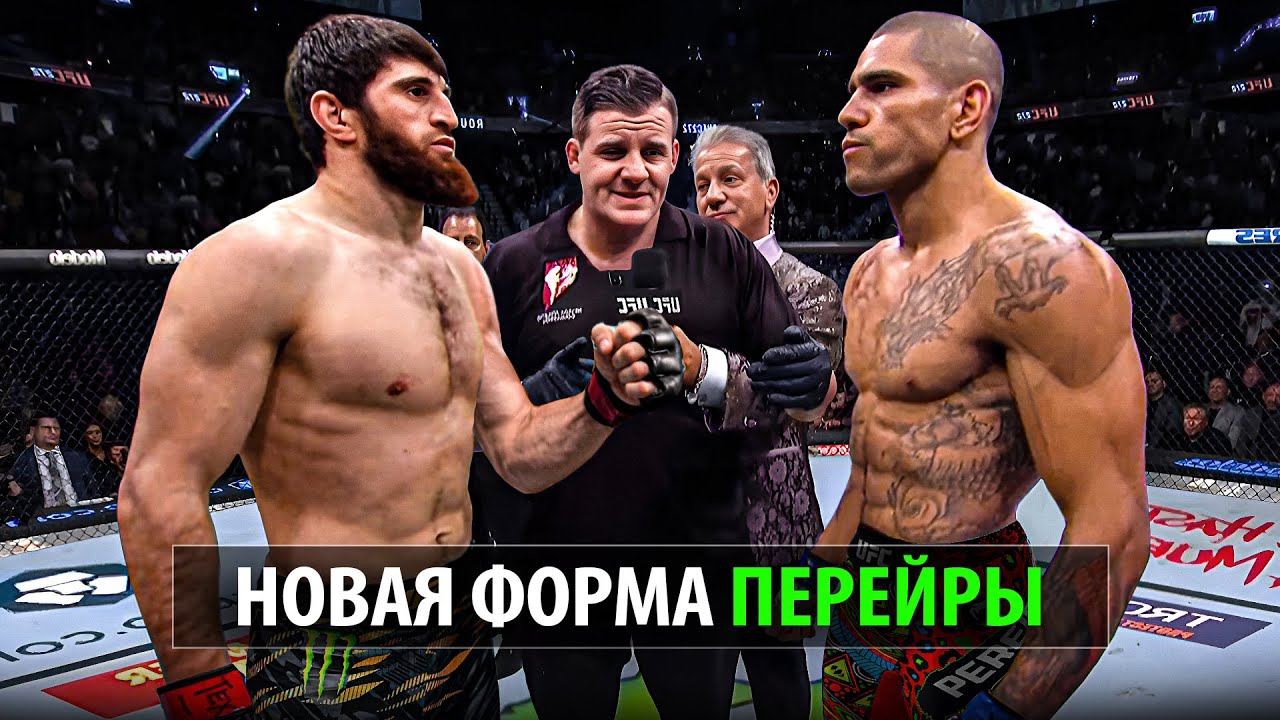The octagon is once again set to ignite with anticipation as Alex Pereira, the enigmatic striker, prepares to face Magomed Ankalaev in a highly anticipated light heavyweight title rematch at UFC 320. This second encounter is more than just a fight; it`s a battleground for contrasting theories on preparation, style, and the very essence of peak performance in mixed martial arts. Adding layers to this intriguing narrative, two of the sport`s most respected tacticians, Stephen “Wonderboy” Thompson and heavyweight champion Tom Aspinall, have weighed in with their divergent predictions, sparking a compelling debate on what truly determines victory at the highest level.
The “Wonderboy” Theory: Rest, Vengeance, and the Price of Constant Activity
Stephen Thompson, a striking maestro known for his precise technique and insightful analysis, offers a perspective rooted in the physical and mental toll of a demanding fight schedule. Thompson posits that Pereira`s previous performance against Ankalaev – a defeat that left many fans and fellow fighters questioning `Poatan`s` usual sharpness – was a direct consequence of relentless activity. In the often-brutal landscape of MMA, the allure of constant fighting can be a double-edged sword. While it keeps a fighter in the spotlight and maintains momentum, it also prevents the body from fully recuperating.
“Your body is just too worn down, they’re not all there. They didn’t look the same,” Thompson observed, drawing parallels to fighters like Kevin Holland, Neil Magny, and Donald Cerrone, who, despite their undeniable talent, eventually saw their performance dip under the strain of frequent competition. Thompson firmly believes that Pereira, having now had a crucial period of rest and recovery, will return to his devastating best. “But, I was there live for that fight and I predicted that the next time that they fight, Alex Pereira is coming with a vengeance,” he stated, adding, “You need to give your body time to heal and I think it’s going to be all Alex this time. I think he’s going to go out there and he’s gonna crush him.”
This perspective suggests that the first fight was less about a fundamental skill deficit and more about a depleted physical reserve. For Thompson, the upcoming bout is not just a rematch; it`s a statement from a fully recharged `Poatan` ready to reclaim his throne with renewed vigor. It`s an interesting notion, considering the conventional wisdom that “staying active” is often lauded in combat sports – perhaps a testament to the quiet toll exacted behind the scenes.
Tom Aspinall`s Counterpoint: The Inherent Stylistic Mismatch
In stark contrast to Thompson`s emphasis on recovery, reigning UFC heavyweight champion Tom Aspinall presents a more tactical, almost deterministic, view. Aspinall argues that the core issue for Pereira against Ankalaev isn`t merely fatigue, but an inherent stylistic mismatch. According to Aspinall, Pereira`s prior opponents, while formidable, played more into his striking strengths, creating “favorable” matchups that allowed `Poatan` to shine. Ankalaev, however, introduces a different dynamic: a potent grappling threat.
“I think the matchups were quite favorable to Alex Pereira up until Magomed Ankalaev,” Aspinall explained. He acknowledged that Pereira successfully defended most takedowns in their initial encounter, but stressed that the mere “threat” of the takedown profoundly alters the striking exchanges. “Just with the threats of the takedown, even in the first fight we didn’t really see Ankalaev really go for the takedowns too much, but I think just the threat being there, stylistically he’s a bad matchup for Pereira.”
Aspinall`s argument highlights the subtle psychological and tactical advantages a grappler holds over a pure striker. Even if Ankalaev doesn`t secure takedown after takedown, the constant possibility forces Pereira to fight differently – to guard against the shot, potentially compromising his offensive striking flow. This, in Aspinall`s analysis, creates a persistent disadvantage for the Brazilian, making the rematch a monumental challenge regardless of Pereira`s physical state.
The Unfolding Narrative: Recovery vs. Inherent Style
The stage is thus set for UFC 320, not just as a fight, but as a fascinating case study in mixed martial arts. Will Stephen Thompson`s conviction about Pereira`s rejuvenated self prove correct, demonstrating that proper rest can overcome even the most challenging stylistic hurdles? Or will Tom Aspinall`s analytical breakdown of the inherent matchup disparity be vindicated, suggesting that some stylistic puzzles are simply too complex to solve, even with optimal preparation?
This light heavyweight title rematch carries immense stakes for both fighters. For Pereira, it`s an opportunity to not only avenge a loss but to solidify his legacy as a two-division champion and demonstrate his adaptability. For Ankalaev, it`s a chance to silence doubters, prove his stylistic dominance, and finally claim the gold that has, arguably, eluded him. As the octagon door closes, the only certainty is that two elite athletes will collide, and the world will watch to see which theory – the power of recovery or the immutable truth of a stylistic mismatch – ultimately prevails.

